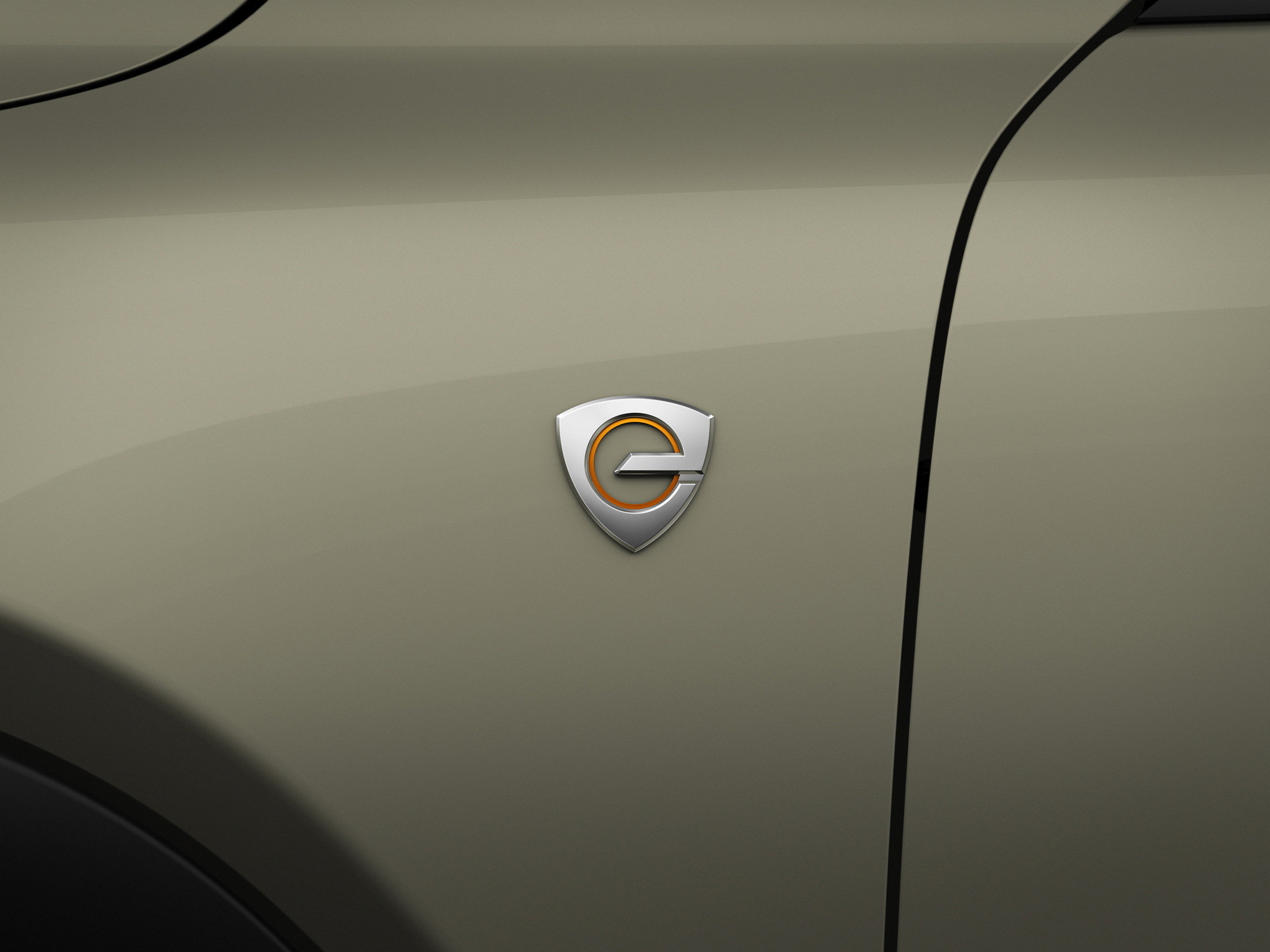Good news, everyone! Mazda is not only reassembling a dedicated team of engineers for rotary engine development, as we’ve reported earlier, but today it also announced its intention to expedite research and development (R&D) efforts in the field of Wankels.
Perhaps the brand most closely associated with rotary engines, thanks to sports cars like the RX-7 and RX-8, the Japanese automaker is now interested in their use as a generator for vehicles with electric motors.
Most recently, the company explored the use of a rotary engine in the plug-in hybrid MX-30 e-Skyactive R-EV. Its 0.8-liter Wankel engine charges the vehicle’s small battery pack, extending its range from 53 miles (85 km) to 373 miles (600 km). This development has been successful enough to convince the brand to further invest in the technology.
Starting on February 1, 2024, a team of 36 engineers will collaborate with the goal of achieving a breakthrough in rotary engine technology, according to Ichiro Hirose, Mazda’s chief technology officer. He promises a technology that can help create “attractive cars that excite customers.”
“In Mazda’s history, the rotary engine is a special symbol of our ‘challenger spirit’,” says Hirose. “We are deeply grateful to all those who have supported RE to date, and are pleased to announce the rebirth of the organization that develops RE, the engine that has been loved by customers around the world.”
Read: The Rotary Engine Is Back In Production At Mazda
Hirose suggests that Mazda wants to develop rotary technology beyond what the MX-30 possesses. However, the company is clear that the engine will continue to be used as a generator, and is well-suited to the task. Rotary engines are noted for their small size, which makes them easier to package into a hybrid vehicle.
While the specifics of Mazda’s plan for the rotary engine remain foggy, it has hinted that it is interested in producing a sports car based on the technology. The Iconic SP concept car was unveiled at the Japan Mobility Show in October and was said to feature a “two-rotor rotary EV system” that could run on hydrogen, or other carbon-neutral fuels.
With devastatingly good looks, around 365 hp (/370 PS), and perfect 50-50 weight distribution, it could be a perfect halo car for the company’s new technology.












